Team:Berkeley/Project/Overview
From 2010.igem.org
- Home
- Project
- Overview
- Motivation
- Other Organisms
- Parts
- Results
- Judging
- Clotho
- Human Practices
- Team Resources
Based on our goals, we had to devise a way of delivering protein and DNA payloads to the cytoplasm of a choanoflagellate. Starting with a bacteria that expresses our payload.
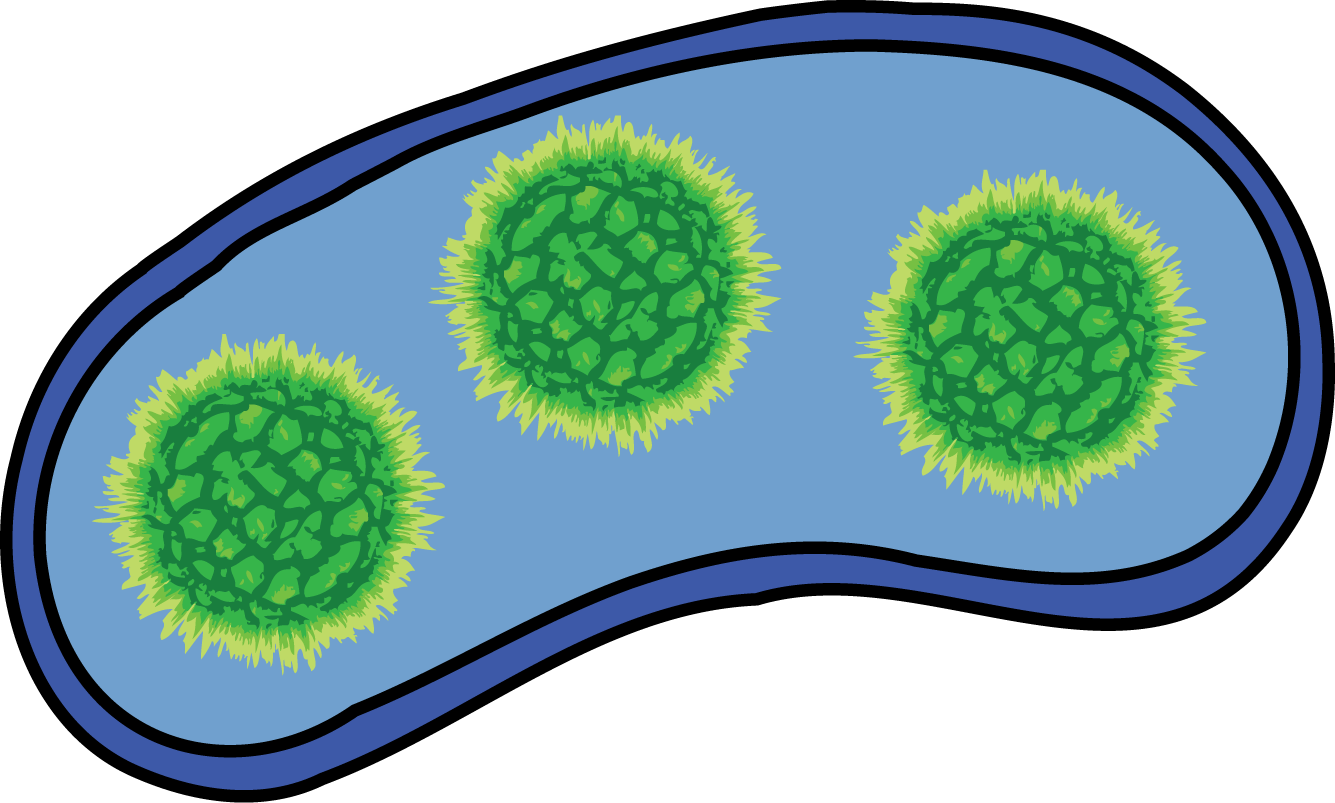
During normal digestion the choanoflagellate envelopes a bacterium in a phagocytotic vesicle.
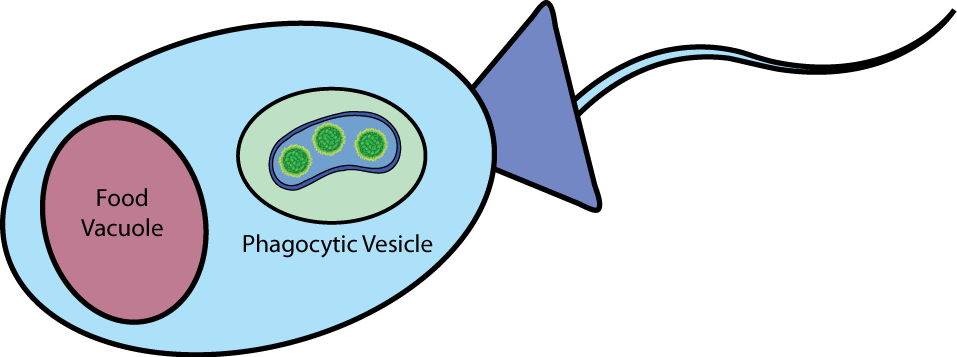
This vesicle is then transported to choanoflagellate's food vacuole, where it merges with the vacuole. At this point the contents of the vesicle are exposed to the inside of the food vacuole and everything is destroyed, including the bacteria and all its contents.
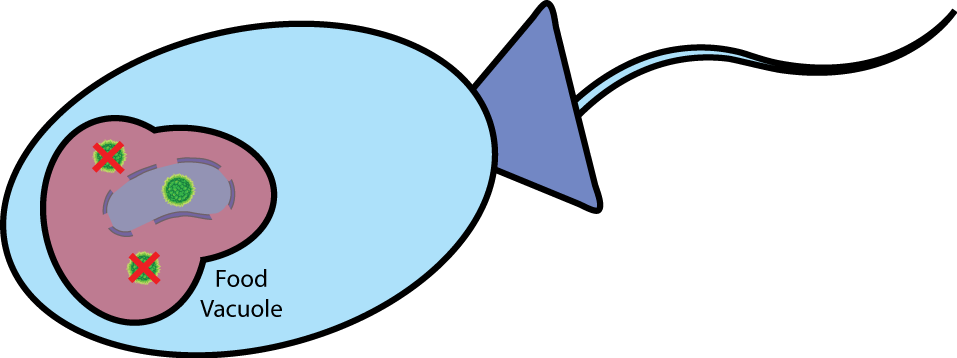
In order to avoid being digested by the choanoflagellate our bacteria must be able to deliver their payload in between when they get eaten and when the vesicle merges with the food vacuole. When the bacteria is in the phagocytotic vesicle, there exist two barriers between our payload and the cytoplasm of the choanoflagellate, the bacteria's own membranes, and the vesicle membrane itself. The bacteria's membranes are removed by the Self-Lysis device from Berkeley's 2008 iGEM team.
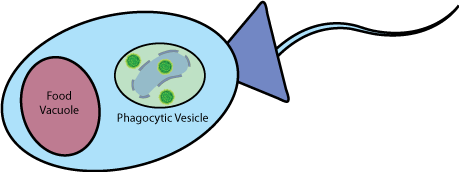
Lysis of the bacteria results in the release of the payload into the vesicle. At the same time the Vesicle-Buster device, which is targeted to the periplasm of the bacteria is exposed to the vesicle membrane degrades it.
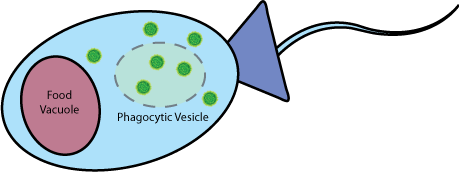
 "
"
